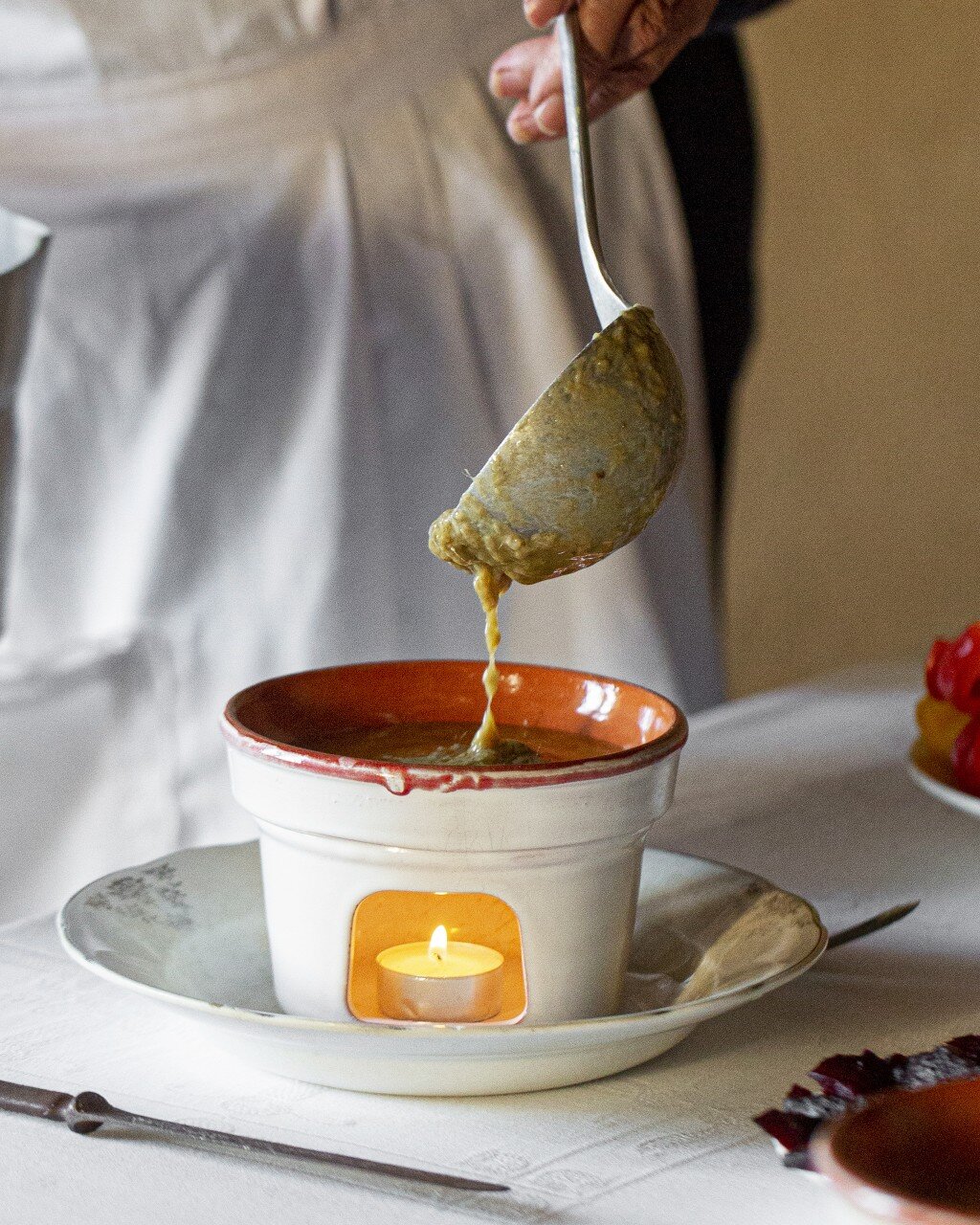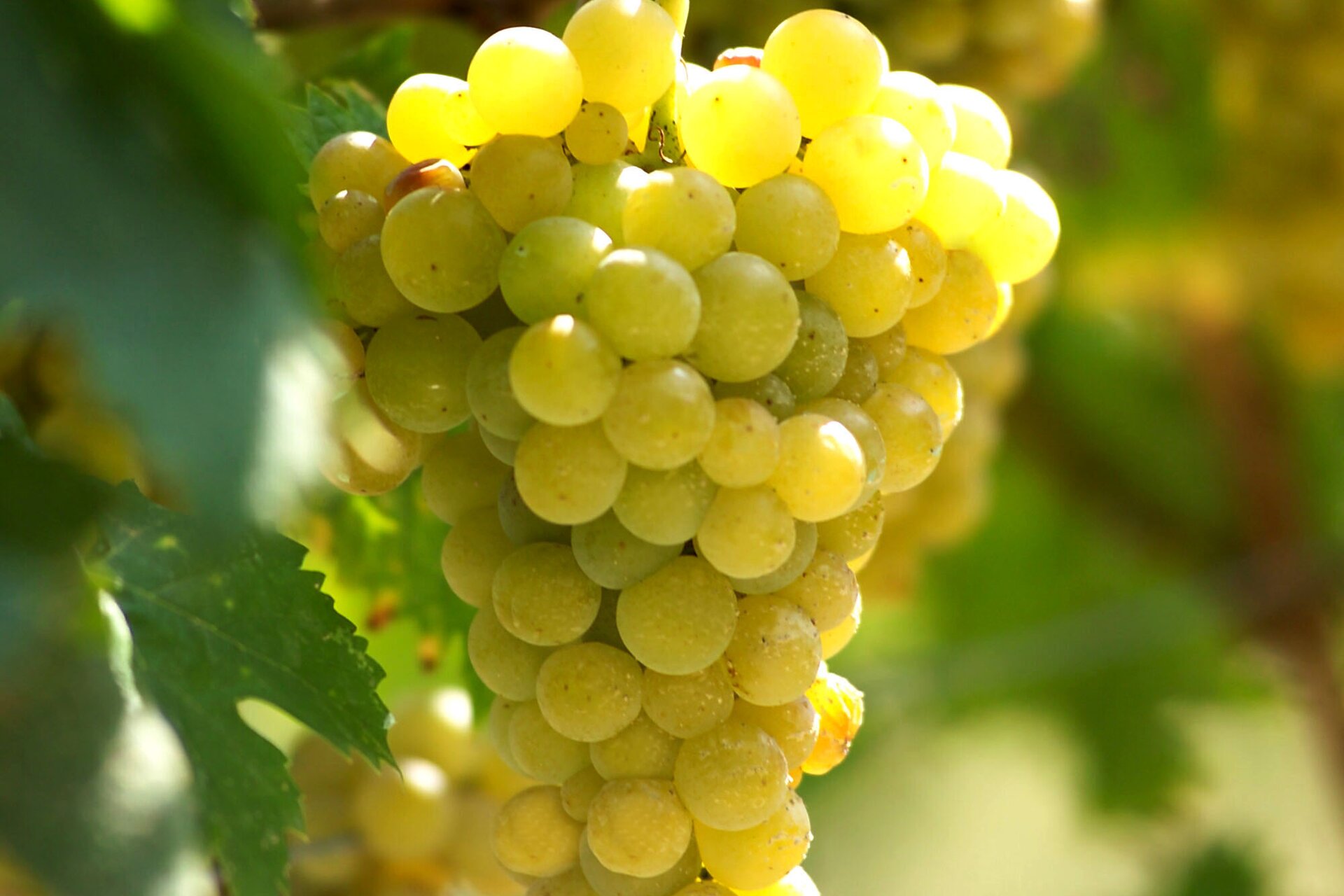Although the area of origin of this white grape variety is not quite certain, it seems safe to claim that Arneis has been grown in the territory of Langhe Roero practically from the beginning of time. Some documents attest to its presence in Roero between the late fifteenth and early sixteenth century, which identify it as "Reneysium" and "Ornesium". Mentioned again in historical documents from the 1700s as high-quality grapes along with Moscato (used to produce a sweet wine), Arneis will appear for the first time with the current name in some records from the early nineteenth century, in which it is referred to as "white tools". This name has a curious origin, since the term "Arneis" in Piedmontese dialect means "naughty" or "reckless" and it is probably related to the fact that until a few decades ago, screws were quite dissimilar. After a long period of great popularity, this vine has suffered a crisis of viticulture, so much so that in the 1960s, its cultivation was reduced to a few rows, typically implanted only to protect other valuable crops from birds, attracted by sweet and early ripening grapes. The intuition of a hand-fold of local entrepreneurs, who recognised its excellent organoleptic qualities, starting with the 1970s led to the replanting and expansion of entire vineyards of Arneis grapes.
ARNEIS GRAPE
Grape colour: white.Productivity: good and constant.
Leaf: medium-sized, wedge-shaped or pentagonal, three-lobed or five-lobed.
Bunch: medium or medium-small sized, conical or pyramidal shape, compact, medium-small berries with very waxy skin (the bloom is a waxy substance responsible for the visible white film on the skin of the grape) of a greenish yellow colour.
Ripening: end of September.
Wines: Roero Arneis Docg, Langhe Arneis Doc, Terre Alfieri Arneis Doc.



